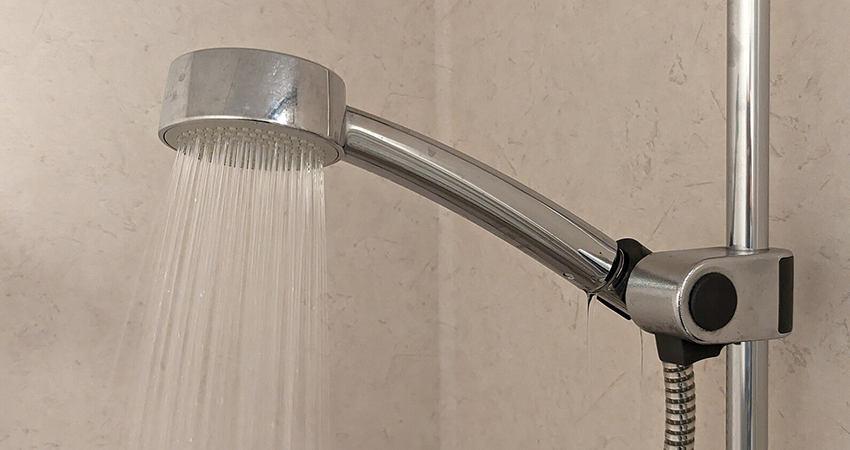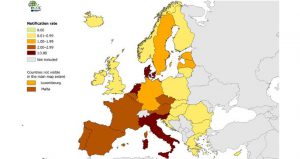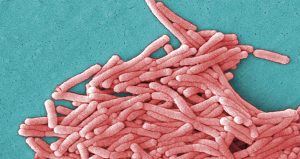ECDC-report: Increased rates of Legionnaires’ disease in Europe

- 12 July 2023
-
Editorial Team
Share article:
Legionella increases in Europe. Legionnaires’ disease, a severe form of pneumonia caused by the Legionella bacteria, has shown a significant surge within the European Union (EU) and the European Economic Area (EEA) in 2021, with over 10 700 cases reported and 704 known fatalities.
According to the latest report of the European Centre for Disease Prevention and Control (ECDC) published 3 July 2023 the EU/EEA witnessed the highest annual notification rate of Legionnaires’ disease to date, with 2.4 cases per 100,000 population, with four countries – Italy, France, Spain, and Germany accounting for 75% of all reported cases. Males aged 65 years and above were the most affected group, with a rate of 8.9 cases per 100,000 population. In 2019 the risk of getting ill was the highest in Denmark, The Netherlands, Italy and Slovenia.
Travel related Legionellosis
In 2021, there were also 895 cases of travel-associated Legionnaire’s disease infections, which represents a 38% increase in cases compared to 2020. This was possibly associated with the lifting of COVID-19 restrictions, as travel-associated infections decreased notably in 2020 compared to years before the COVID-19 pandemic.
Several causes
The cause of the increased notification rate recently observed in Europe remains unknown. Factors that may explain these increases include changes in national testing policies and surveillance systems; an ageing EU/EEA population; and the design, infrastructure, and maintenance of water systems used in buildings. Changes in climate and weather patterns across Europe and worldwide can also impact both the ecology of Legionella in the environment and the exposure to water aerosols containing the bacteria.
Legionnaires disease
Legionnaires’ disease is an illness primarily caused by Legionella pneumophila, a species of bacteria commonly found in natural environments such as soil and water. However, when Legionella bacteria grow within water systems that generate inhalable water aerosols, they pose a health risk to individuals. Examples of such systems include cooling towers, evaporative condensers, humidifiers, decorative fountains, hot tubs, and showers. Favourable conditions for Legionella growth include water temperatures between 25 and 42 °C, stagnant water with sediment build-up, and low biocide levels.
Prevention is needed
Given the relatively high mortality rate and challenges in identifying and controlling environmental sources, it is crucial public health authorities remain vigilant in detecting clusters and outbreaks through surveillance. Regular checks for the presence of Legionella bacteria and appropriate control measures can prevent cases of Legionnaires’ disease at tourist accommodation sites, hospitals, long-term healthcare facilities, or other settings where sizeable populations at higher risk may be exposed to aerosols containing the bacteria.













